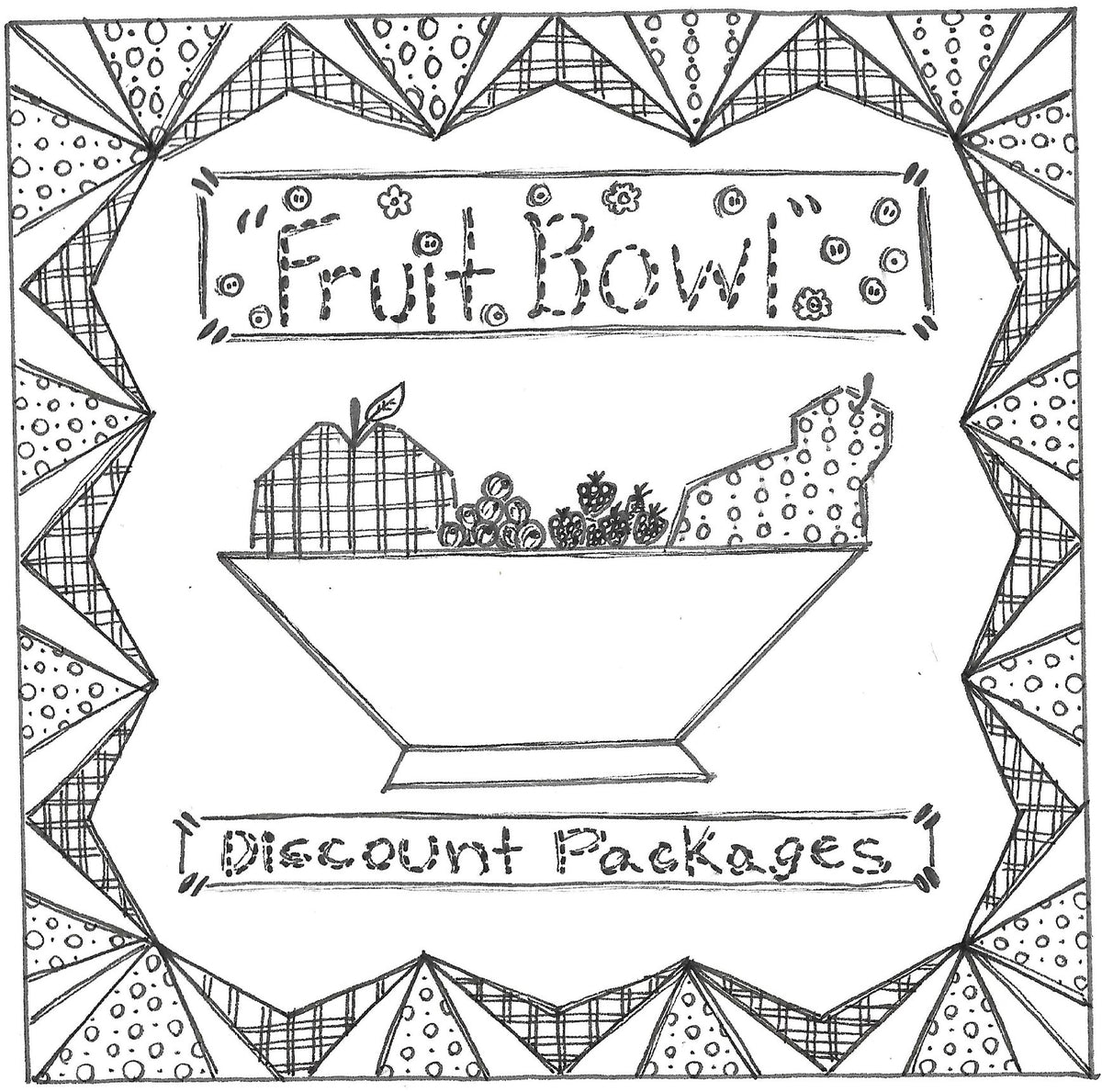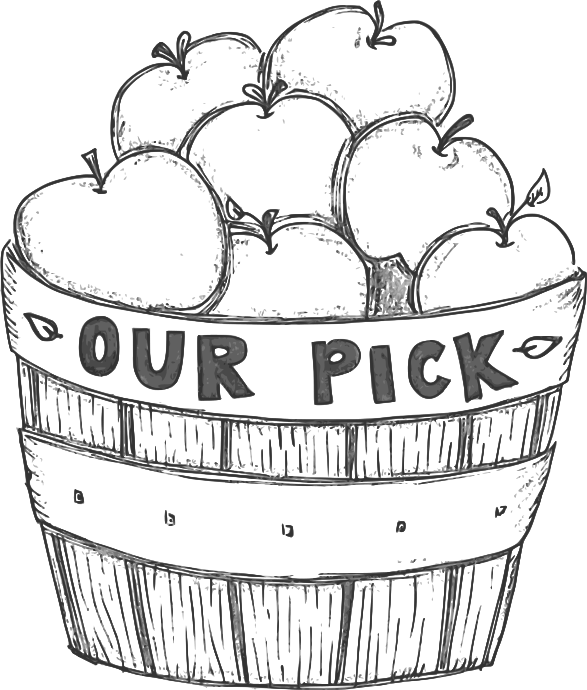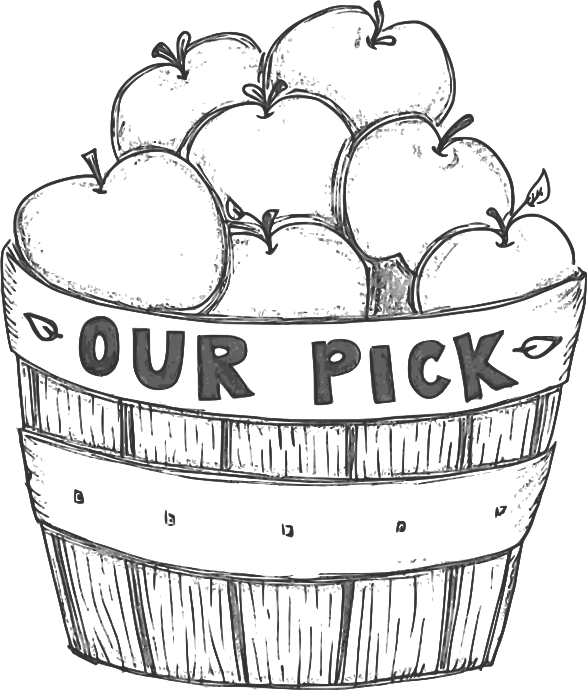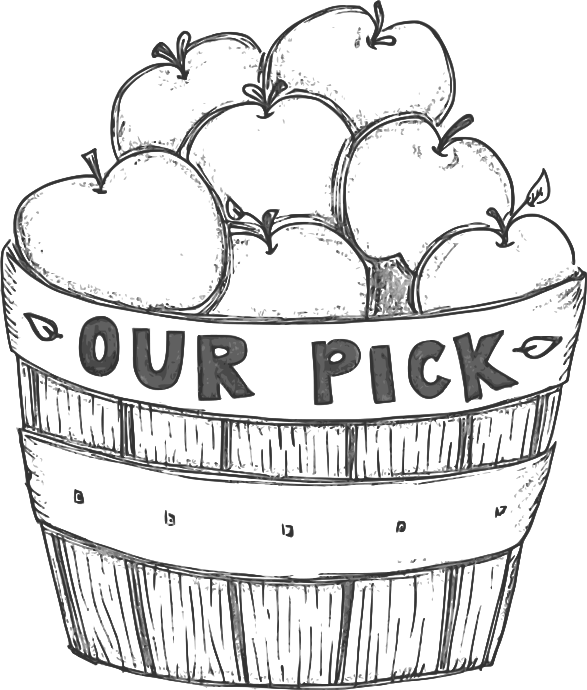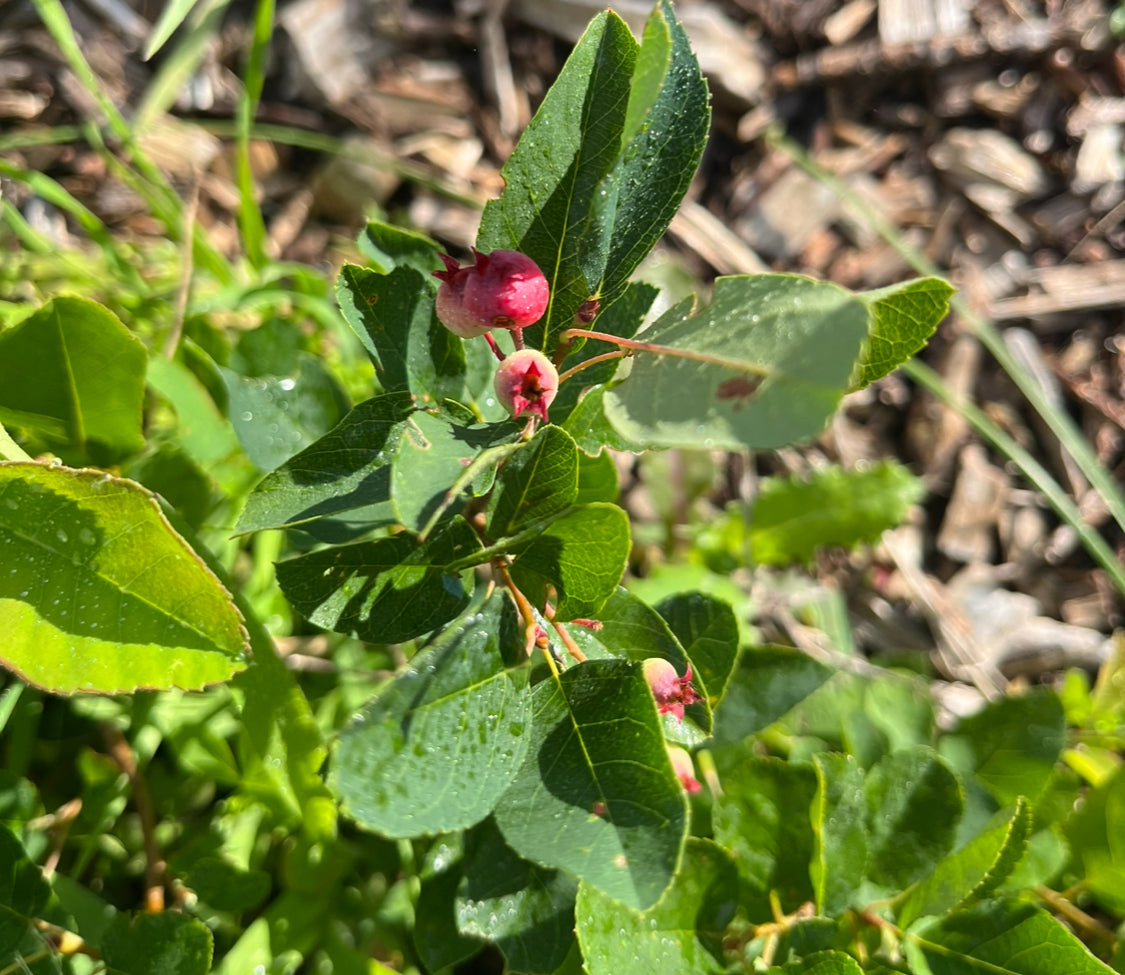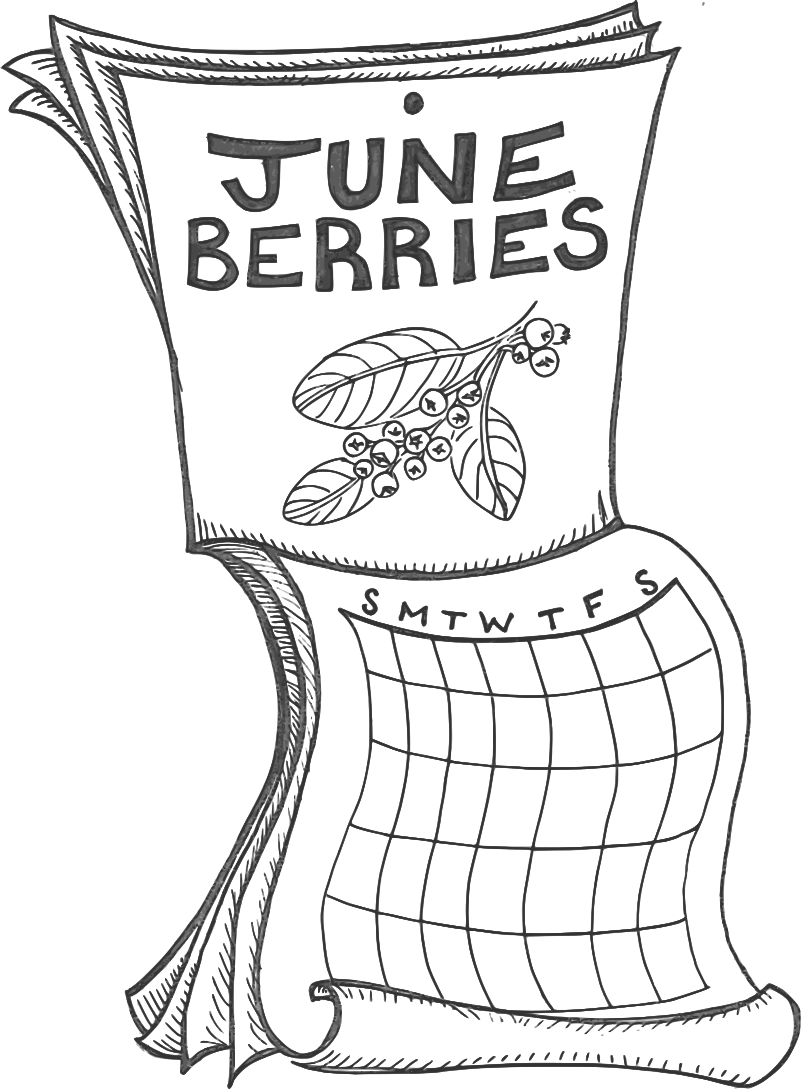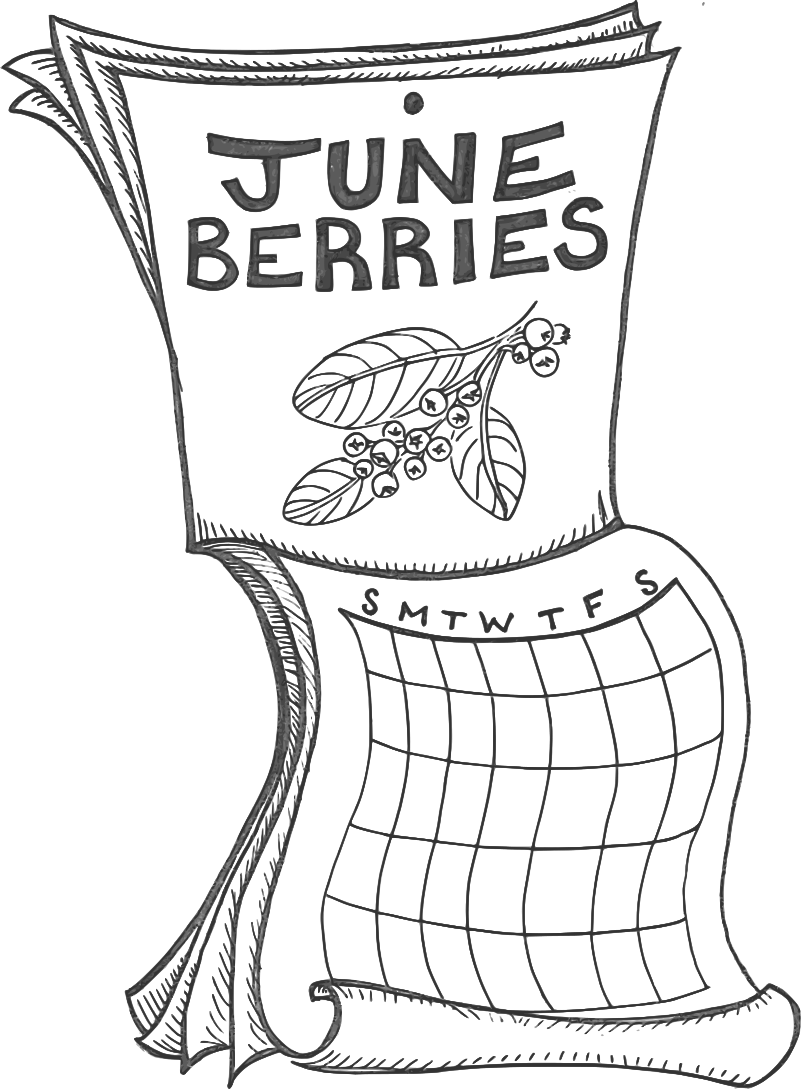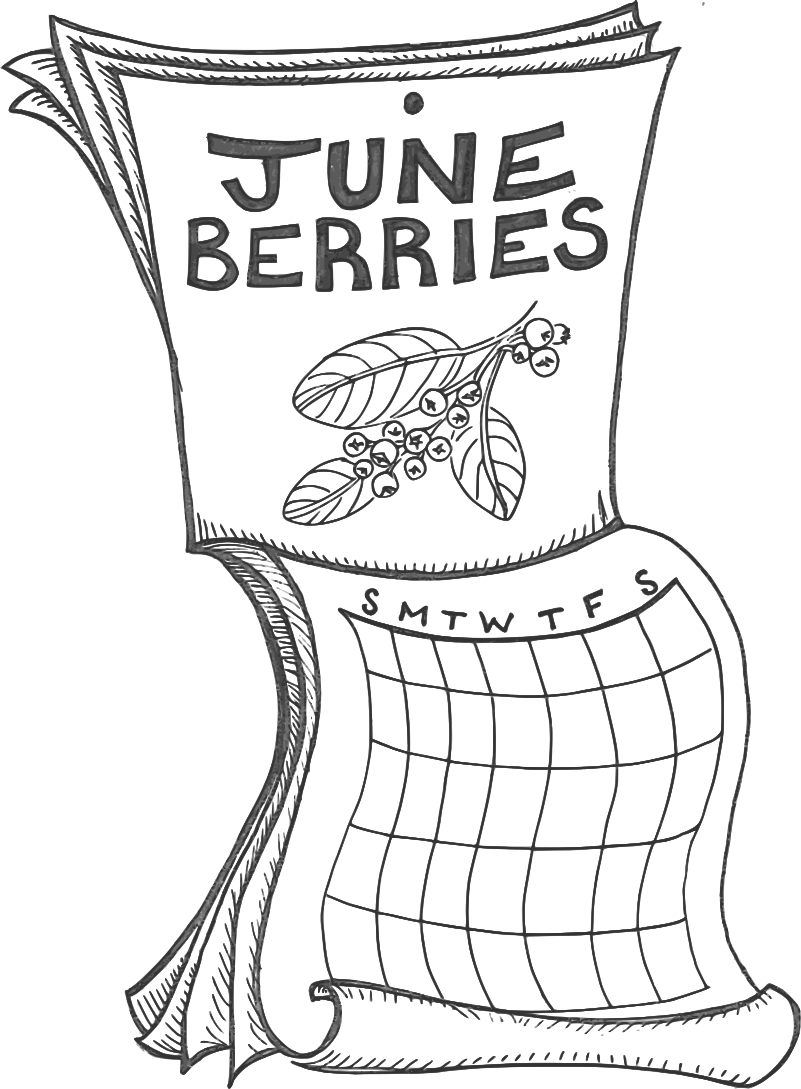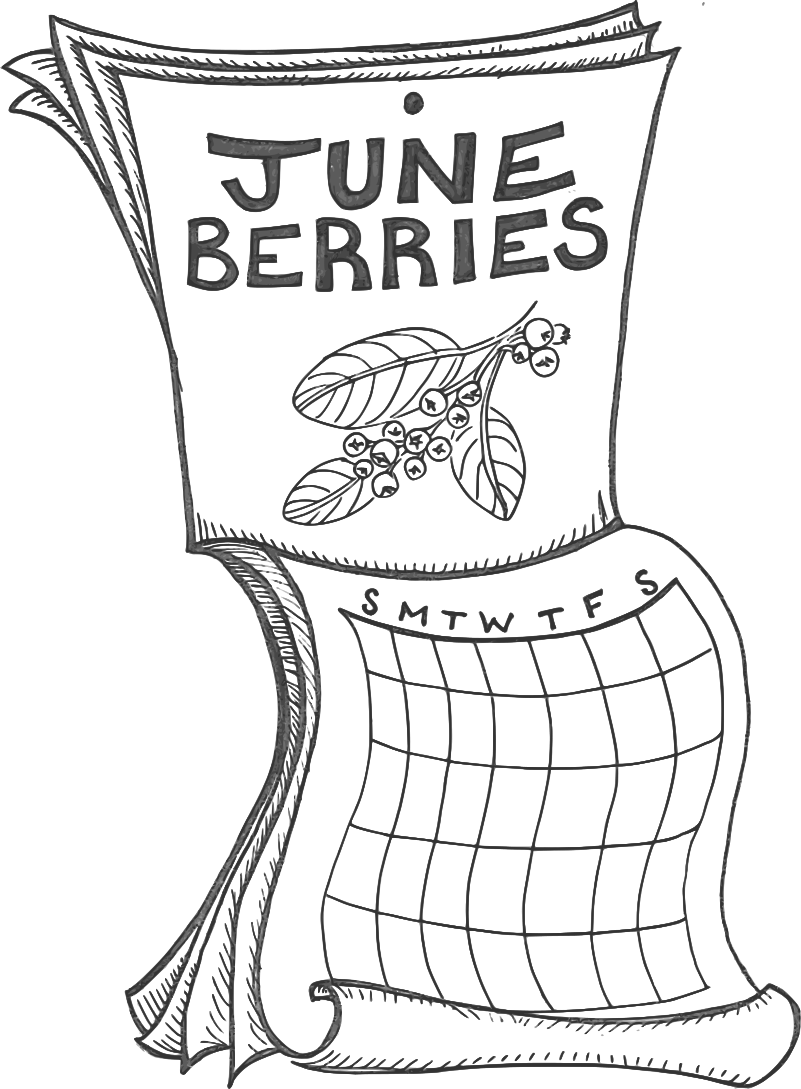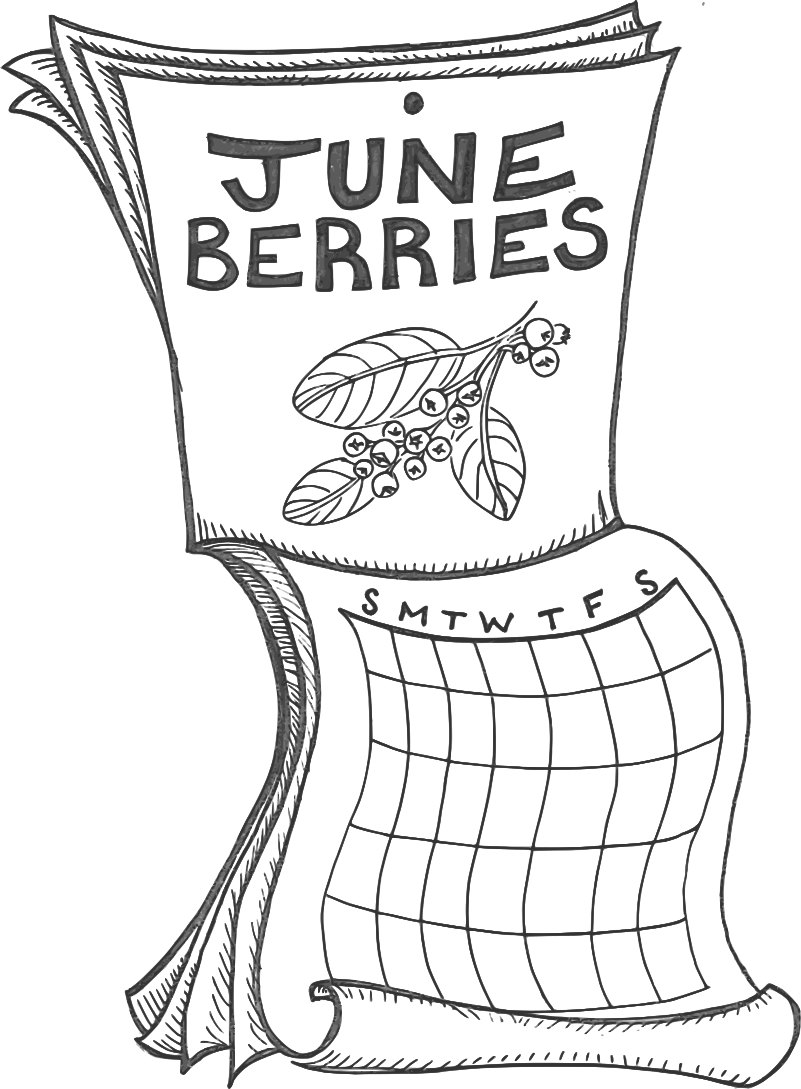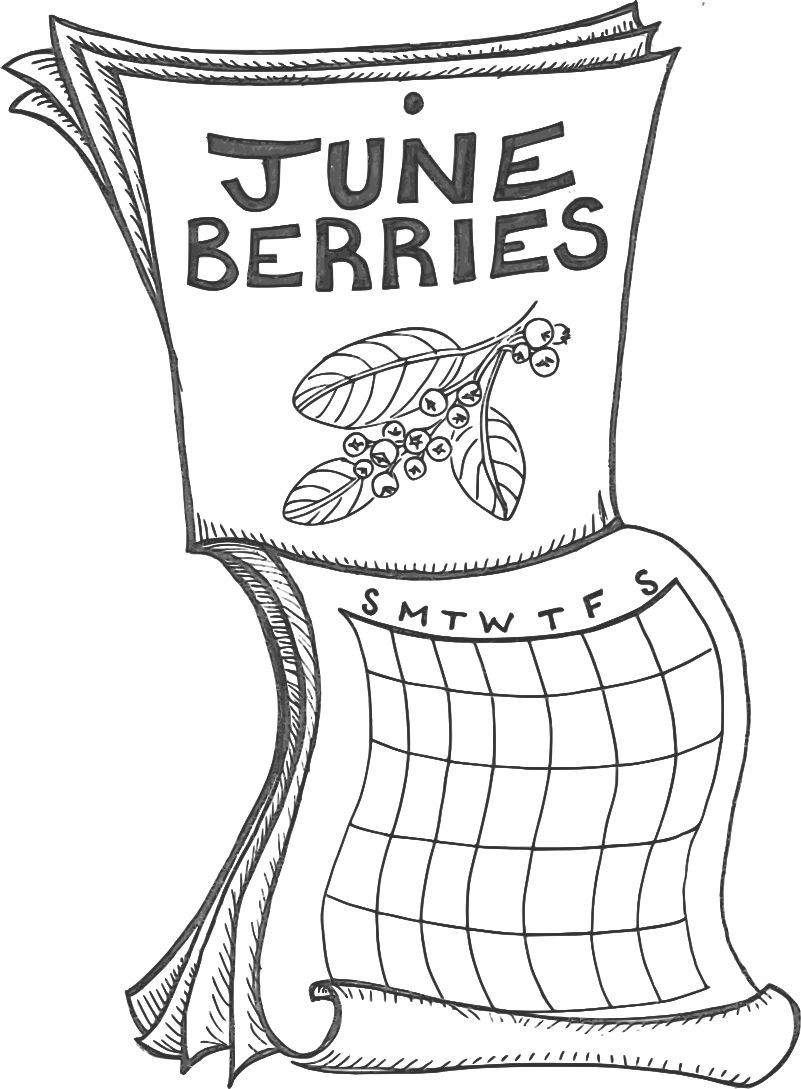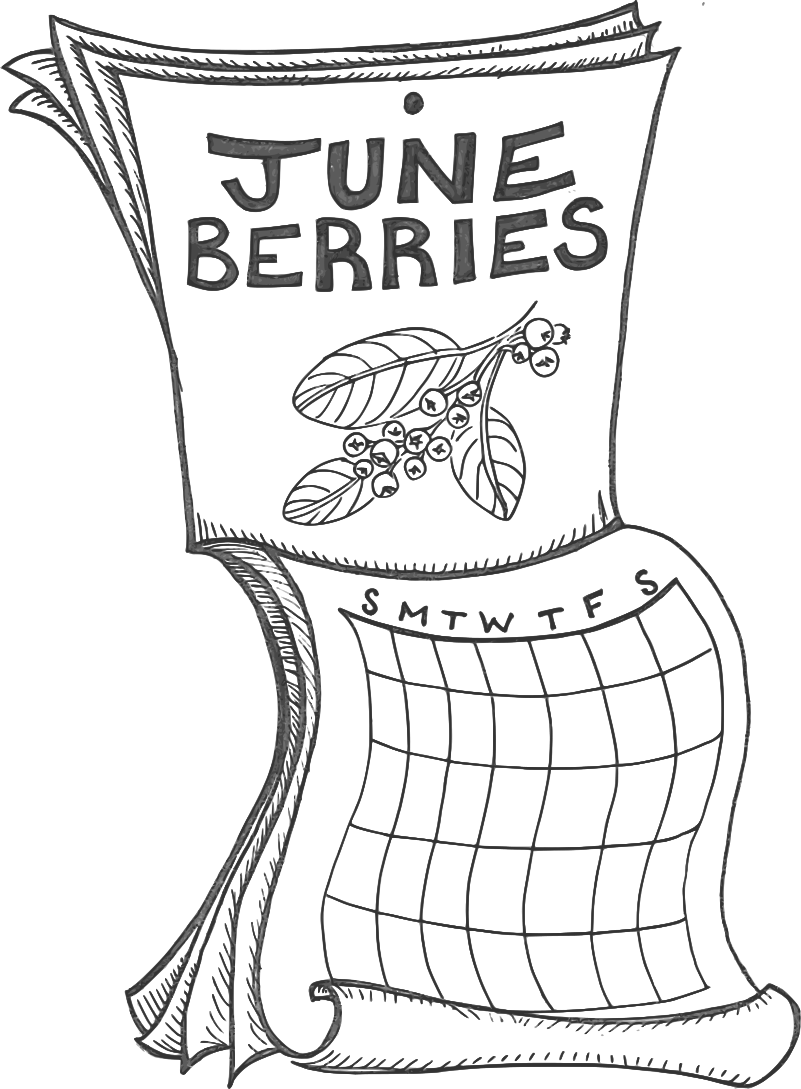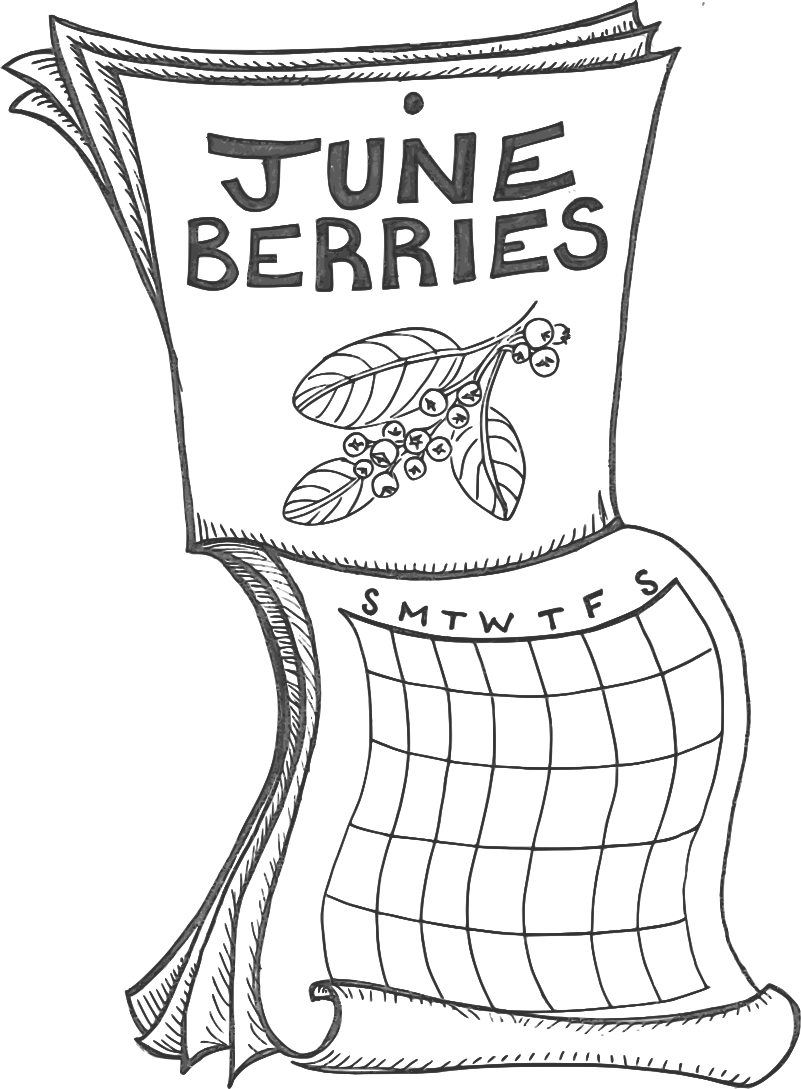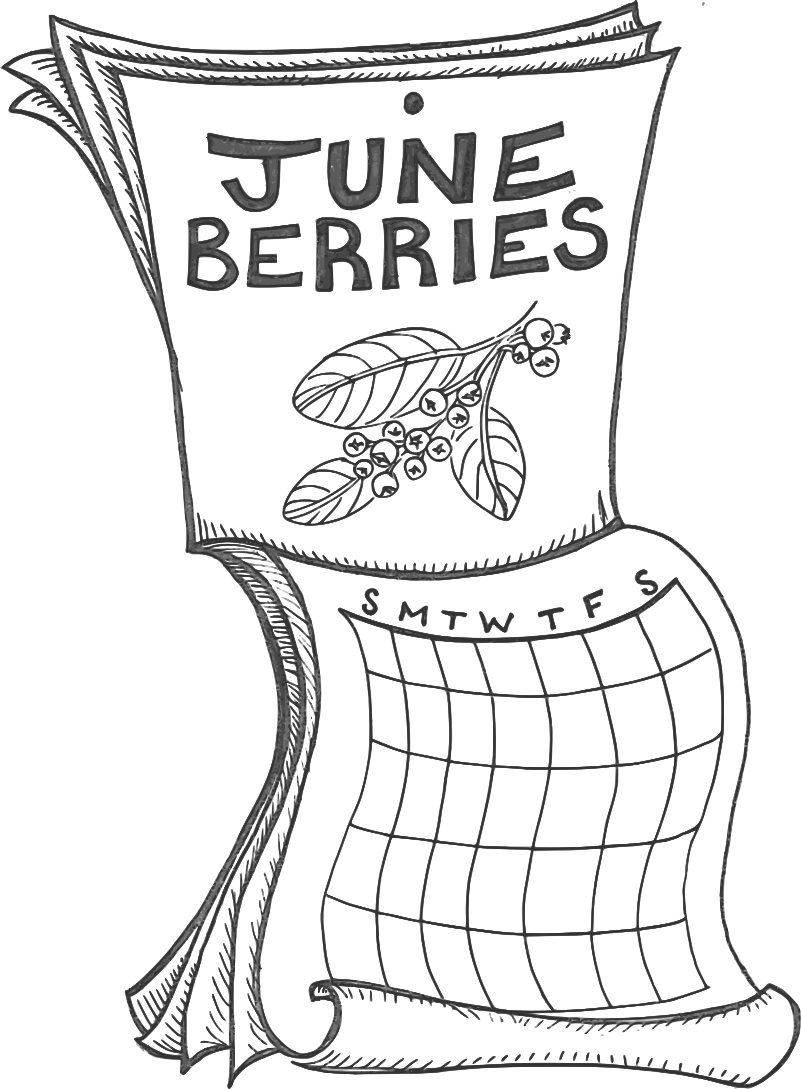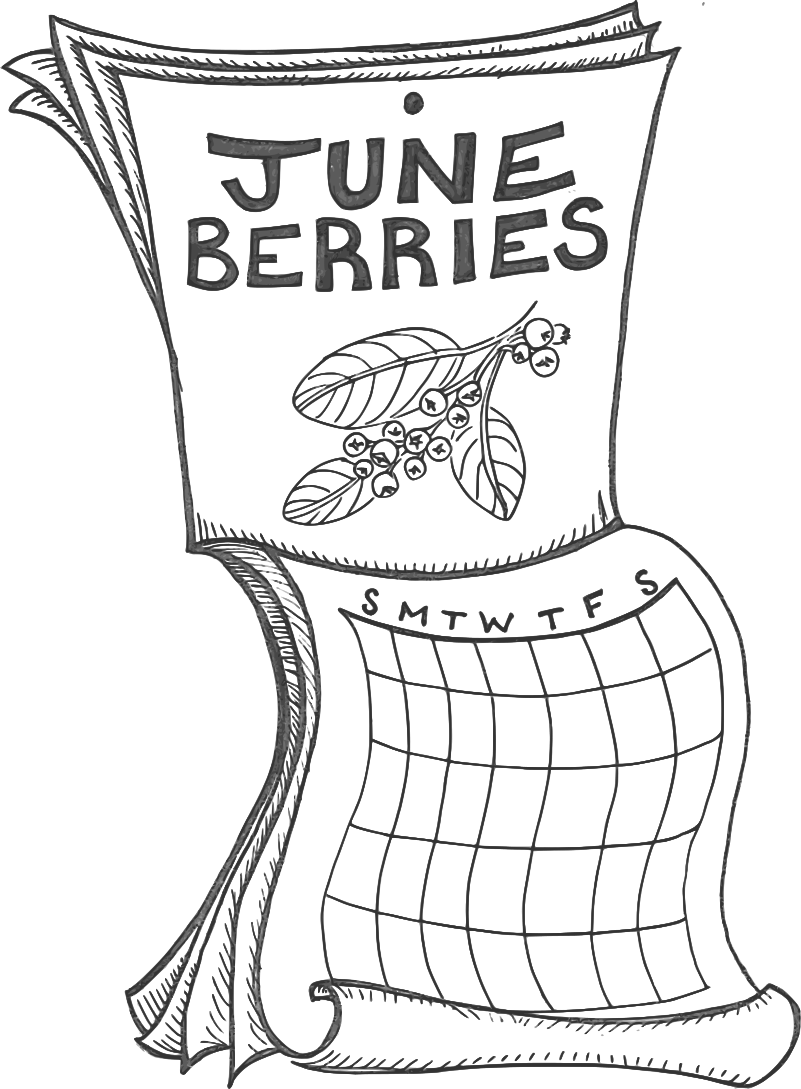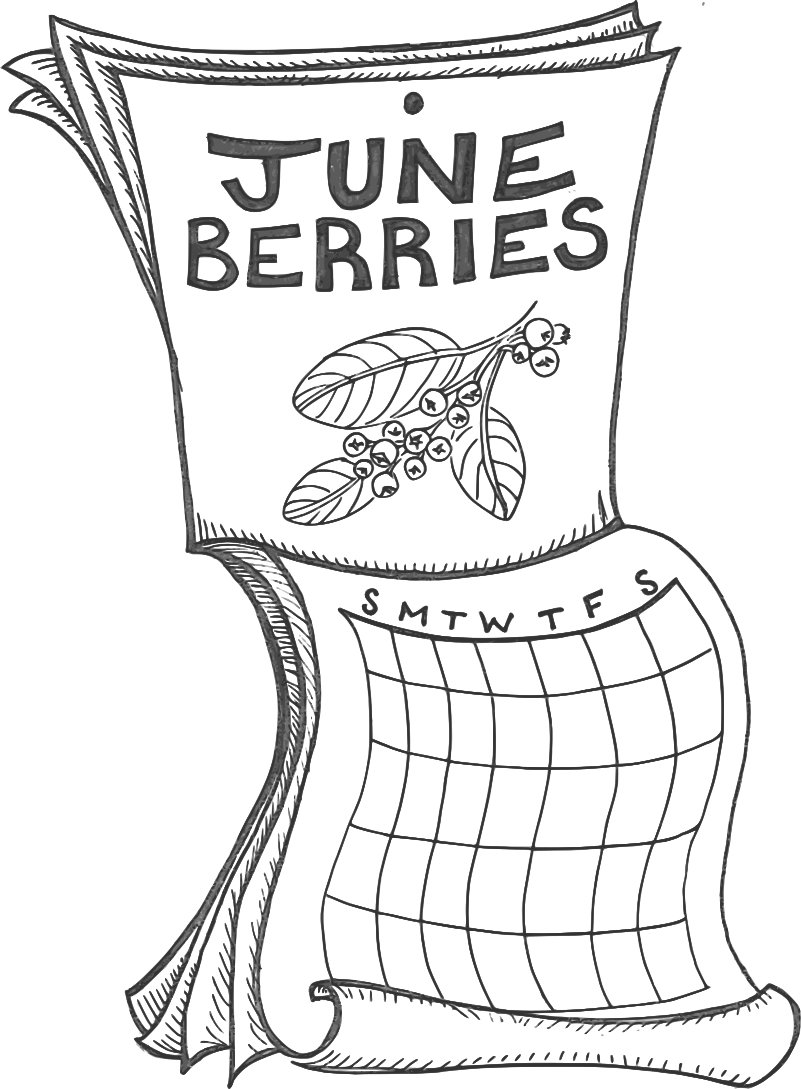Juneberries
In Canada they are known as “Saskatoons.” Plant breeders have worked with Juneberries (the native shrub is sometimes called Serviceberry or Shadblow) since the early 1900's, breeding for size and quality of fruit and for higher production. Similar to a blueberry in looks and taste, the fruit hangs in clusters from spreading, open, vase-shaped bushes which vary in height from 6-10 feet (most Amelanchier alnifolia) to 20-25 ft (Autumn Brilliance.) Suckering, the sprouting of multiple stems from the root, is considered a desirable quality, since it increases the fruiting capacity of the bush. Plants are initially small, and benefit from being set into a garden spot for 1-2 years, where they will receive extra watering and weeding, before being moved to their permanent location. For many people, Juneberries are easier to grow than blueberries because they do not require acid soils. They grow well on a variety of soils, but prefer a loamy site with a pH of 6.0-7.0. It can be moist but not constantly wet.
Pollination
Juneberries are self-fertile; however, planting more than one cultivar will enhance yields.
Spacing
4 to 5 feet apart for Fergie.
6 to 8 ft apart for Honeywood, Lee #8, Martin, Nelson, Northline, Pembina, Parkhill, Prince William, Regent, Smoky and Success.
10 to 15 feet apart for Autumn Brilliance, Princess Diana, and Theissen. For a hedge effect, spacing can be slightly closer.
